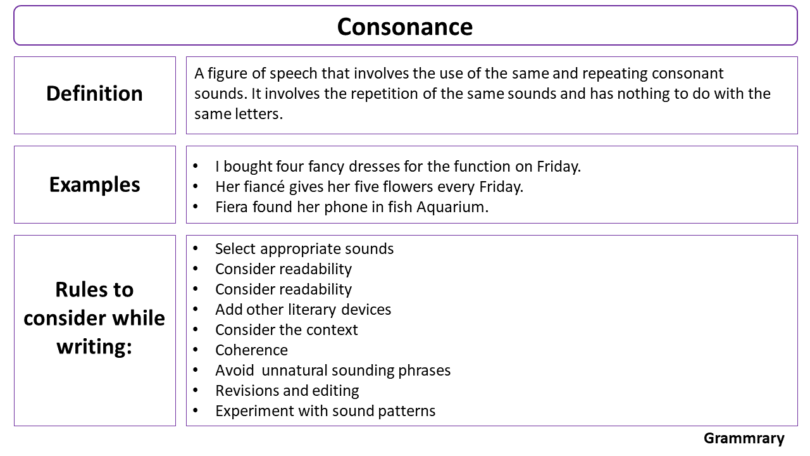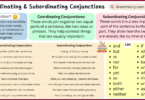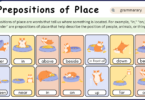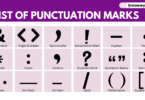What is Consonance?
Have you ever gone through a vast landscape of music? A landscape where melody, rhythm, and harmony dance together? Oh sorry! I mean a beautiful landscape of language? Okay, here is the Consonance Definition. Let’s delve into it! Let’s explore the Consonance Definition and Examples. Explore Consonance Examples for a better understanding.
If you do understand the vast landscape of music as described earlier, a melody of rhythm and harmony, you must see a very beautiful, very dominating “consonance”, whose presence creates an emotional resonance. It’s the one who stands out for its profound impact. Do you know why I called it as “music”? Because it is referred to as the pleasing combination of musical notes. It is vital in modifying our auditory experience by evoking our emotional responses.
Consonance Definition and Examples with Characteristics:
A figure of speech that involves the use of the same and repeating consonant sounds in content. Consider saying or hearing “I bought four fancy dresses for the function on Friday.” or “Her fiance gives her five flowers every Friday.” Sounds Cool? It involves the repetition of the same sounds and has nothing to do with the same letters. Let me explain with an example, “Faura found her phone in fish Aquarium.” Sounds Attractive? In this sentence, the “f” sounds matter, No matter if you use the letters “ph” or “f”.
Another interesting thing about consonance is that it does not require the words with the same sounds to be with consecutive repetition, they just should be relatively close to each other. Besides this, the repeated sounds can be anywhere in a word, in beginning, middle or end, it can be even stressed or unstressed.
Consonance symbolize resolution and stability. It results from two harmonious and pleasant notes, that brings a touch of unity, coherence and completeness. On contrary dissonance results in clash and tension among the notes, it leads to a needed resolution. Besides this, consonance and dissonance both play vital roles in musical composition. Whereas, consonance is a guiding force that creates melody and harmony. It creates a touch of tranquility and satisfaction in the content.
Consonance Examples:
Here are some characters, to help you better understand examples.
- Frank bought four formal dresses for the Friday’s function.
- Elans earned eight thousand eighty eight rupees.
- Frank’s fuency gives Finn Five Flowers every Friday.
Consonance vs Alliteration:
It is the recurrence of similar consonant sounds in a sentence or in a particular piece of writing. You might think that alliteration is also the repetition of similar consonant or vowel sounds. Yes, it is, but there is a slight difference. The difference between the two is that alliteration refers to the repetition of similar sounds only at the beginning of words. On the other hand, consonance includes the recurrence of consonant sounds, in the beginning, middle or end of multiple words.
Use of Consonance:
It’s correct use does not requires as much attention as required while using alliteration. It is even not necessary to be present in all the words of a sentence. It’s function is just to give a temporary effect which disappears when you end up reading the line. If you wanna bring a long lasting effect in the sentence, you’ll have to use rhyme.
Consonant characters:
Exploring Consonance Definition and examples is important. If you have done so, Go through some of most famous characters that implies this Figure of Speech?
- Bruce Banner
- Bilbo Baggins
- Don Draper
- Clark Kent
- Dick Dastardly
- Donnie Darko
- Matt Murdock
- Jessica Jones
- Stephen Strange
- Peter Parker
- Willy Wonka
- Wally West
- Walter White
Consider following rules while using consonance:
It is the use of consonant sounds repeatedly in close proximity in a phrase or sentence. When using the touch in your content, consider the following rules.
Select appropriate sounds: Choose sounds according to the tone and theme of your content. Keep in mind your required effect choose consonant sounds accordingly.
Consider readability: Consonance creates rhythm and add depths into language but maintaining the readability is important. Overuse of the sounds and excessive repetitions can distract the audience. Keep it simple and balanced.
Add other literary devices: Create a touch of other literary devices as well. Consonance often works perfect when you add other literary devices as well like rhyme, alliteration or assonance. Explore different combinations to bring a creative touch, results in layered language.
Consider the context: The effectiveness of consonance depends on the context in which it is used. Consider the overall context of your writing, including the genre, style, and intended audience, to determine the appropriate use of consonance.
Coherence: Use consonance in a way to add a touch of coherence and unity in language. Use of consonance in your content should be be purposeful and meaningful.
Avoid unnatural sounding phrases: Maintain a natural flow of consonance in your writing. Avoid overuse. Do not use force consonant sounds in your phrases or sentences that may look artificial.
Revisions and editing: Revisions and editing works to refine your work. So does in the case of consonance. Pay attention to the tone, rhythm, and impact and pacing. Revise and edit as needed to achieve the effect needed.
Experiment with sound patterns: At the end, never forget to practice the sound patterns. Explore initial, medial and final patterns of consonance to create variation and interest in your content. Happy writing!

Consonance, Definition and Examples; and rules to use in language







